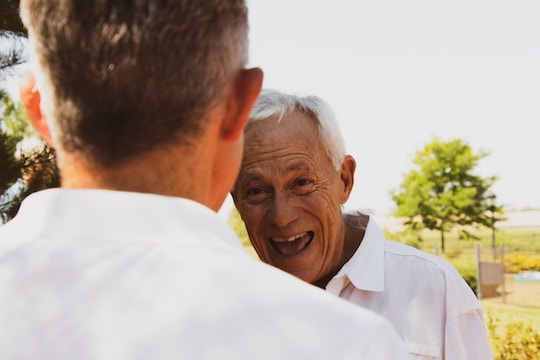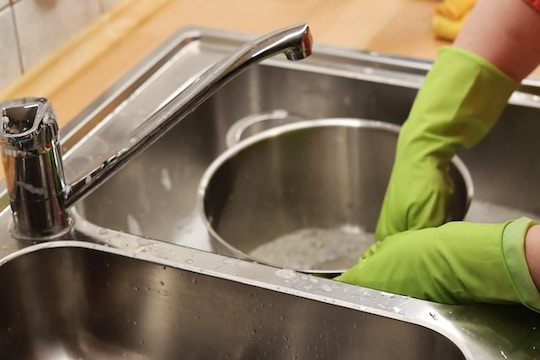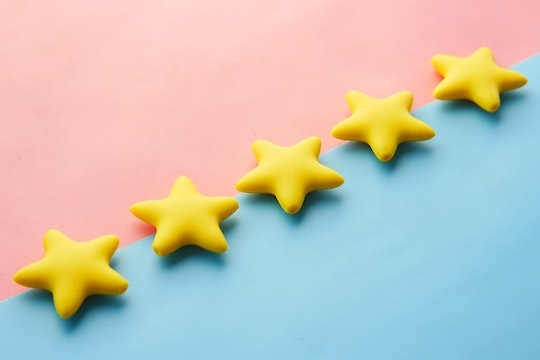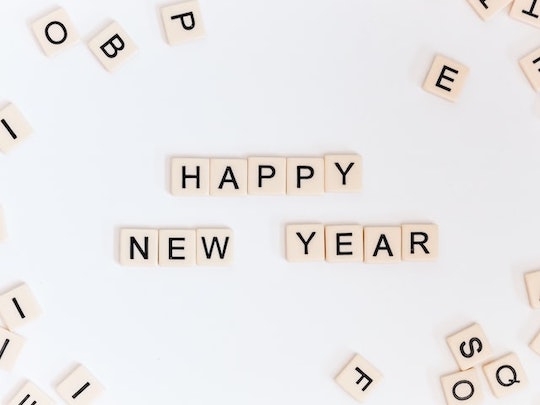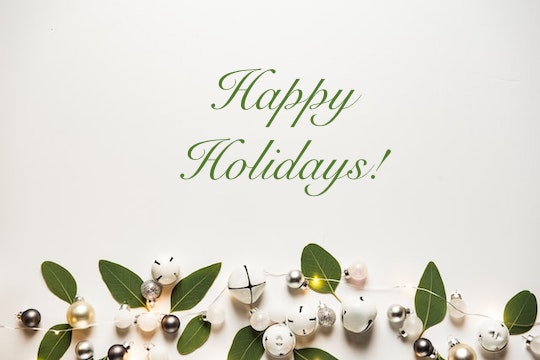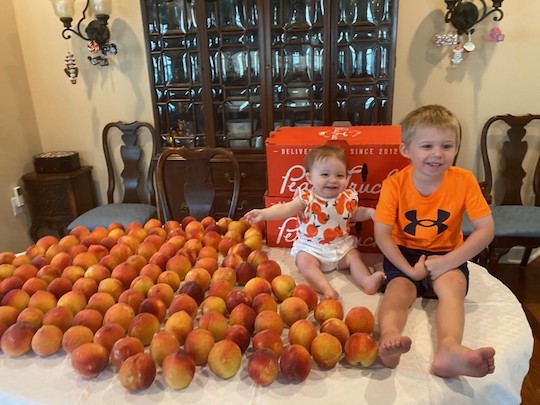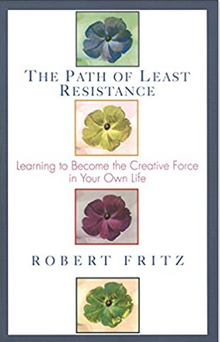“Never go to sleep without a request to your subconscious.”
—Thomas Edison, 19th Century American inventor and businessman
For some of us a new definition of happy hour as we get older is a good nap.
In my most active working years, I always admired the hard driving folks who often boasted about how little sleep they needed.
While coaching top performing professionals over the years, I, however, came to notice that these individuals often suffered in other areas of life without the wondrous restorative effects of adequate sleep.
Without going into all the science, we can rest confidently in the fact that sleep clears out the clutter in both our bodies and minds.
We need and deserve it to step into each new day to realize our full potential.
EXERCISE:
What requests will you invite into your subconscious as you turn in for the night?
What might you invent with a refreshed and renewed mind and body once you awaken?


